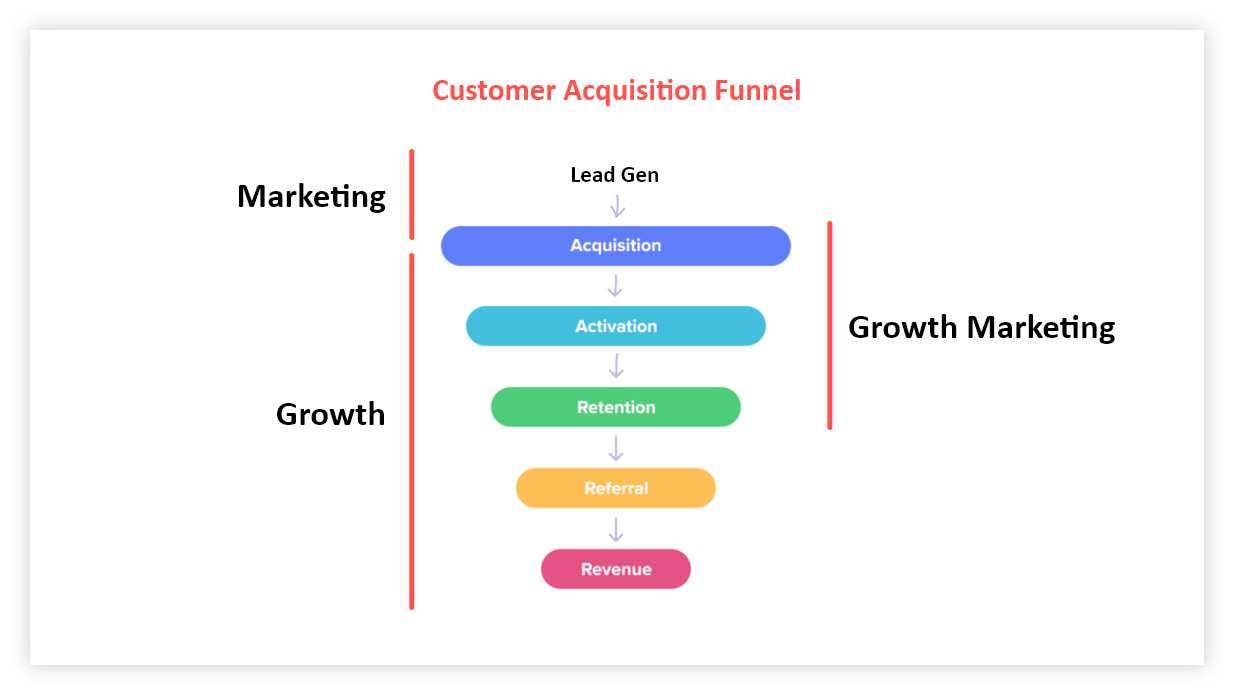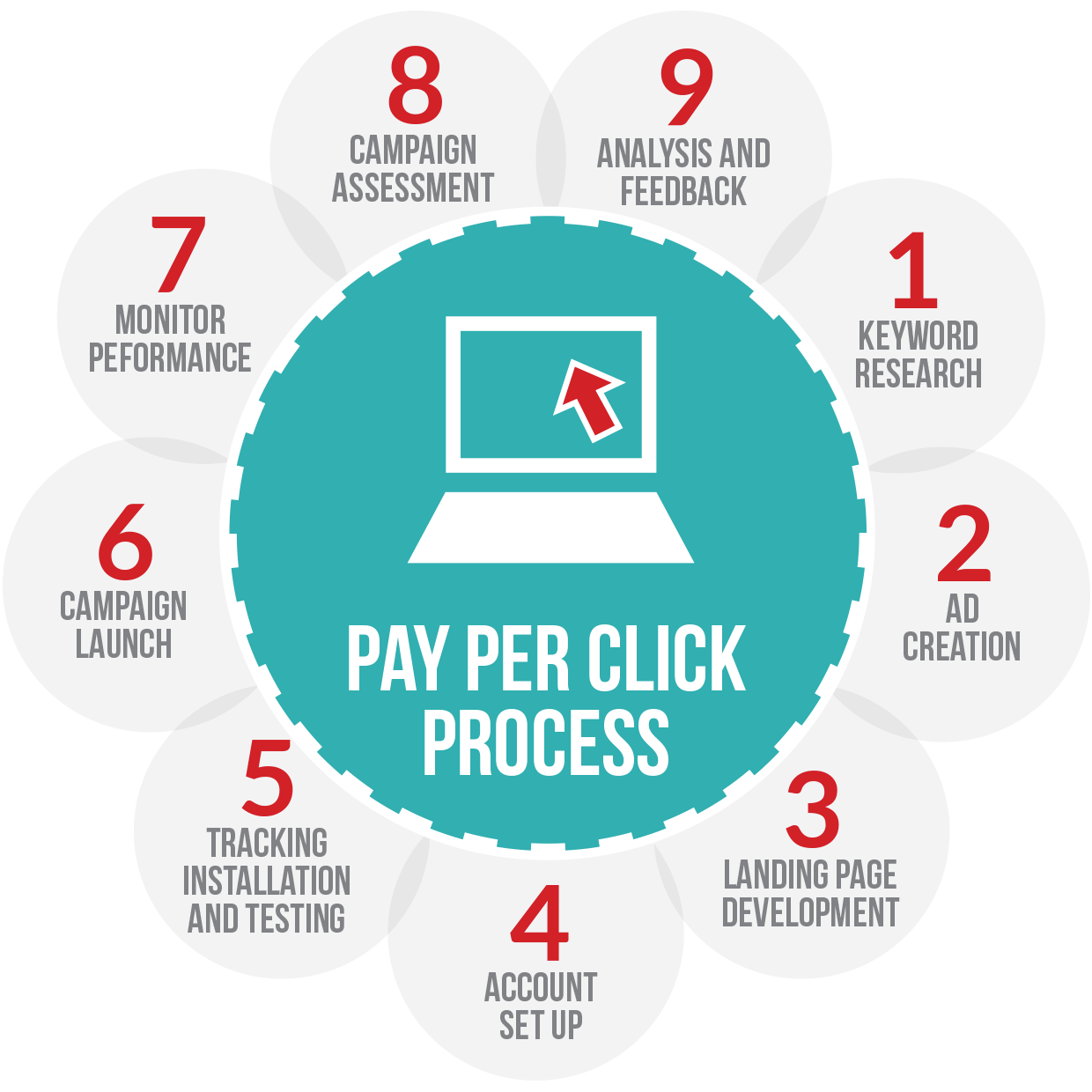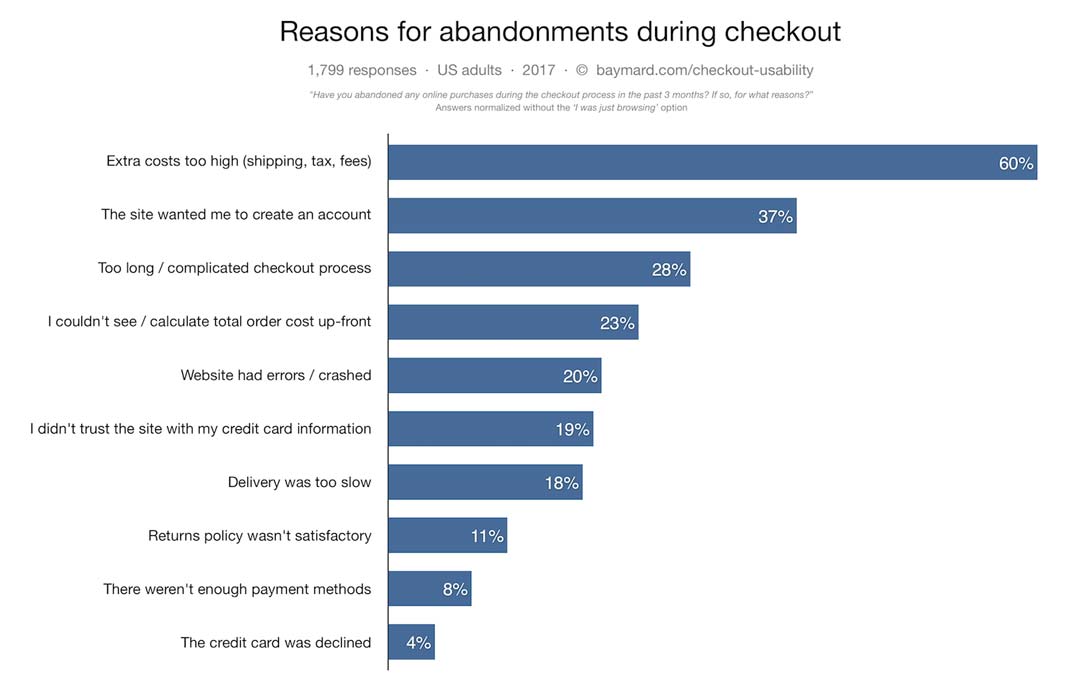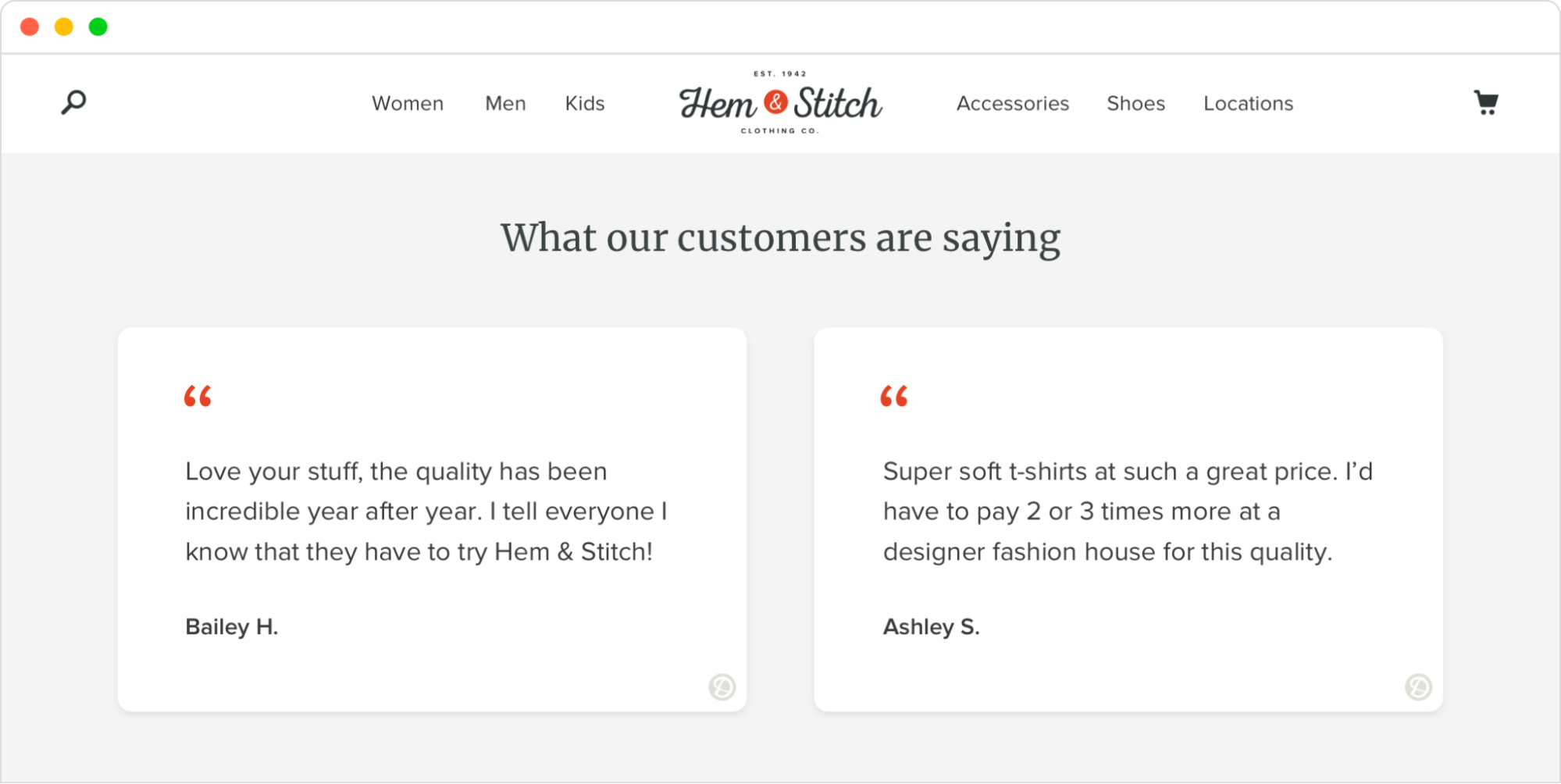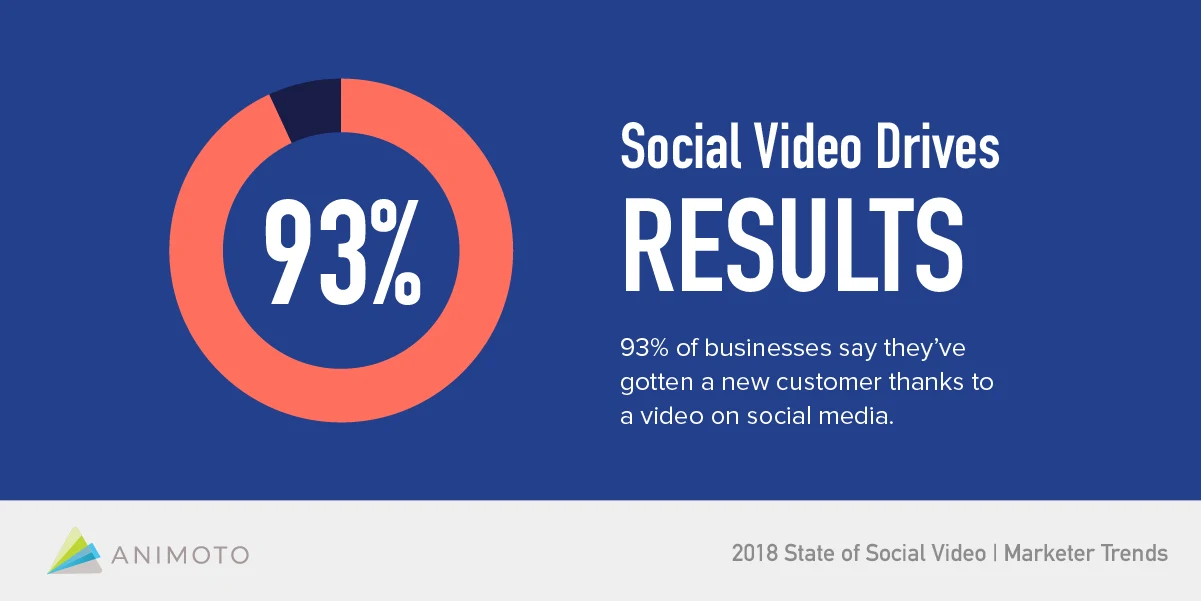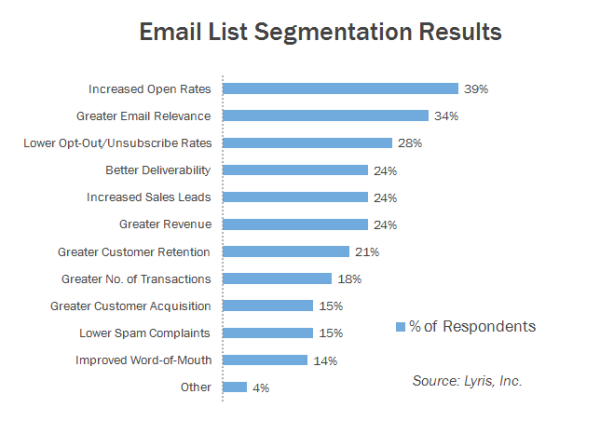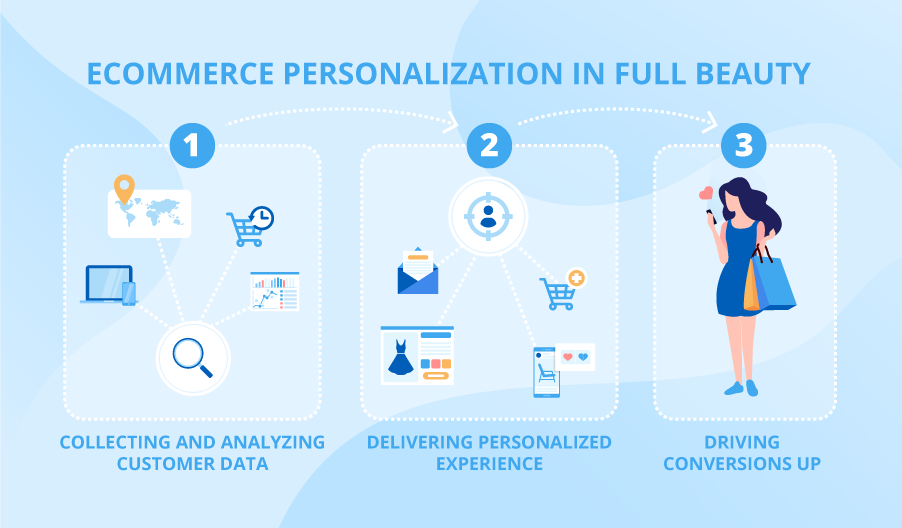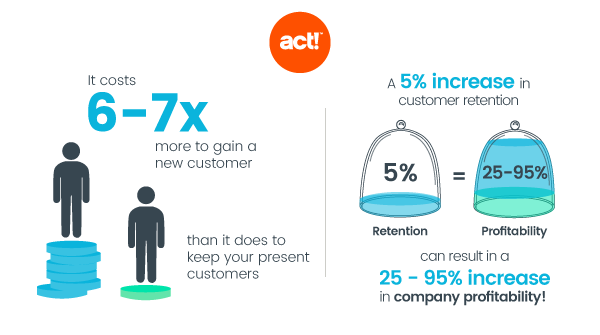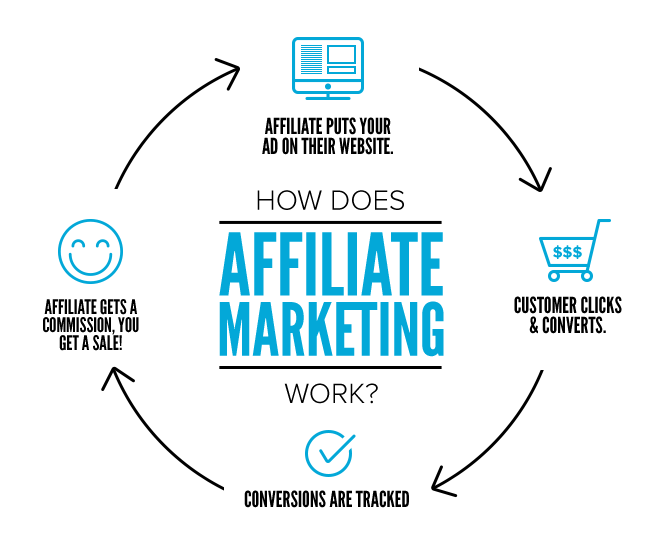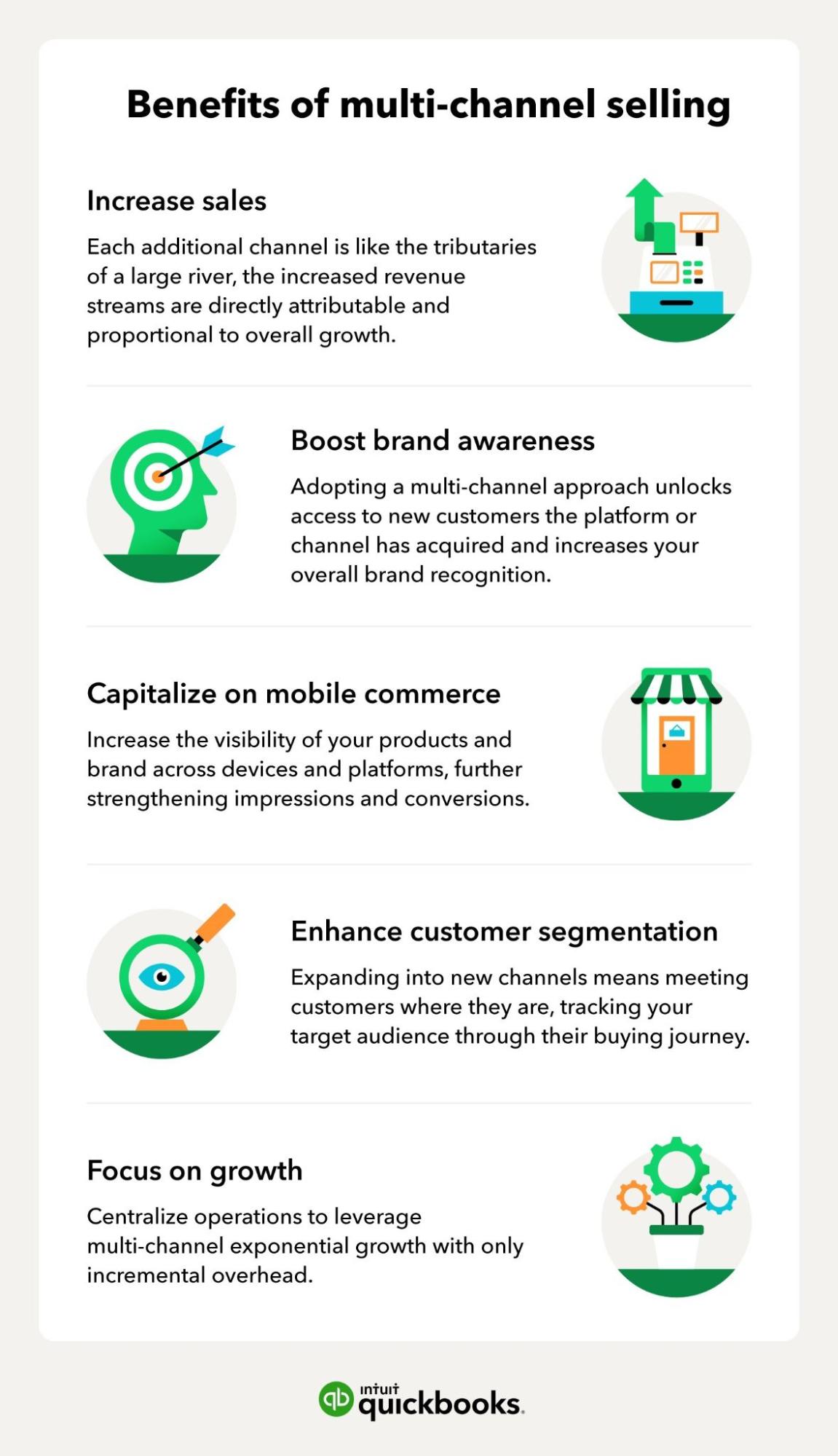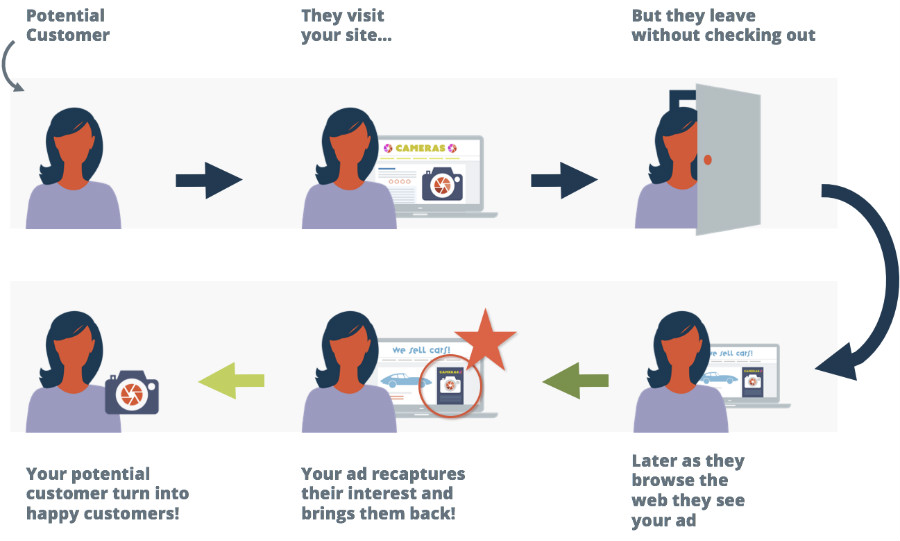Aside from this, influencer marketing is also a clever marketing strategy since your potential customers find it easier to trust people they admire or relate to rather than strangers.
A simple Instagram/Facebook post from the right influencers might act as social proof and attract new loyal customers. Social media platforms are also beneficial for a/b testing, conducting polls, surveys, testimonials, etc, that ultimately help you recognize what’s best for your growth.
SEO and content marketing
Before completing a purchase, 88 percent of consumers undertake an internet search, with the majority of searches ending on page one (with a rising number of zero-click).
If you want to reach out to your target market organically, you should prioritize the creation of SEO content in your marketing plan.
Optimizing your content, whether it’s for your ecommerce website, social media postings, or blogs, may help them rank better on relevant SERPs, making your business more visible to a larger audience.
Furthermore, combining content marketing with a social media storefront can significantly expand your reach and exposure. To enhance sales, your marketing efforts should include regular posting, valuable and relevant content, and user-friendly postings.
The content should be written so that it does not immediately promote your brand, but gradually piques readers’ interest in your current and upcoming items. It is an excellent method of reaching your target audience while increasing the visibility and popularity of your business on social media.
While websites may employ pop-ups to attract users’ attention, your content marketing tactics must contain relatable photos, videos, and instructions across social media platforms.
For instance, if you own an online coffee business, you may want to add recipes or instructions on “how to brew the ideal cup of coffee.” You could even hold polls to decide the ‘most popular taste’ or ‘most popular food’ and then pair that snack with your coffee. (Customers enjoy being heard.)
You can also establish your own blogs. You are free to upload quizzes, recommendations, instructions, or anything else you desire. Just make sure it’s engaging, relevant, educational, and profitable in some way.
Email marketing segmentation
Email segmentation is an excellent marketing tactic for achieving significant growth. Segmentation helps you organize your email list depending on certain criteria, like their interests and search history.
After all, you cannot keep on recommending lipsticks and mascara to a person interested in shoes and hope they will become a devoted customer. On the contrary, they will be more irritated by such pointless suggestions and refrain from even going through your emails.
So, segment your email list to attract more customers to your online business by delivering tailored and personalized emails based on the receiver’s requirements and interests.











